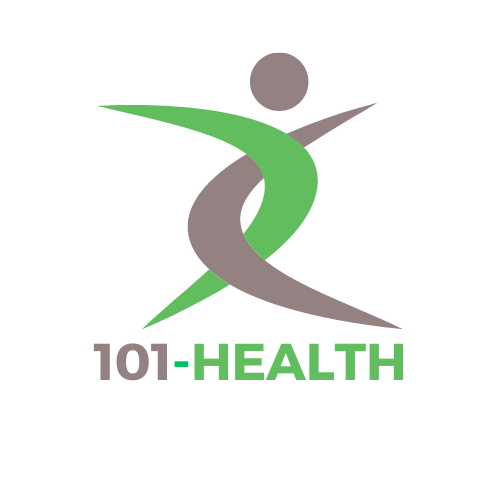Vitamins are essential micronutrients that play crucial roles in various physiological processes, including metabolism, immune function, and cell repair.
However, simply consuming vitamins is not enough to ensure optimal health—efficient absorption and utilization are equally important factors.
In this article, we delve into the fascinating world of vitamin absorption and utilization, exploring the mechanisms involved, factors that influence absorption, and strategies to enhance utilization for maximum health benefits.
Understanding Vitamin Absorption
Vitamin absorption refers to the process by which vitamins are taken up from the gastrointestinal tract into the bloodstream, where they can be transported to target tissues and organs for use.
The absorption of vitamins varies depending on several factors, including the type of vitamin, dietary factors, and individual characteristics.
Fat-Soluble Vitamins
Fat-soluble vitamins, including vitamins A, D, E, and K, are absorbed along with dietary fats in the small intestine. These vitamins require bile acids produced by the liver and stored in the gallbladder to be properly absorbed.
Once absorbed, fat-soluble vitamins are incorporated into chylomicrons, a type of lipoprotein, and transported via the lymphatic system to various tissues throughout the body.
Water-Soluble Vitamins
Water-soluble vitamins, such as vitamin C and the B vitamins (including thiamine, riboflavin, niacin, pantothenic acid, pyridoxine, biotin, folate, and cobalamin), are absorbed directly into the bloodstream through the small intestine.
Unlike fat-soluble vitamins, water-soluble vitamins do not require bile acids for absorption and are readily absorbed into the bloodstream.
Factors Affecting Absorption
Several factors can influence the absorption of vitamins, including:
- Dietary Factors: The presence of certain dietary components, such as fat, fiber, and other nutrients, can affect the absorption of vitamins. For example, fat-soluble vitamins are more efficiently absorbed when consumed with dietary fats, while high-fiber diets may interfere with the absorption of certain vitamins.
- Gut Health: The health of the gastrointestinal tract, including the integrity of the intestinal lining and the composition of gut microbiota, can impact vitamin absorption. Conditions such as celiac disease, Crohn’s disease, and bacterial overgrowth can impair the absorption of vitamins.
- Medications and Supplements: Some medications and dietary supplements can interfere with vitamin absorption or utilization. For example, certain medications used to lower cholesterol levels or treat acid reflux may reduce the absorption of fat-soluble vitamins.
Enhancing Vitamin Utilization
While absorption is crucial, optimal utilization of vitamins is equally important for reaping their health benefits. Several strategies can help enhance vitamin utilization:
- Balanced Diet: Consuming a varied and balanced diet rich in nutrient-dense foods ensures adequate intake of vitamins and other essential nutrients, maximizing their utilization by the body.
- Nutrient Synergy: Certain vitamins and minerals work synergistically, enhancing each other’s absorption and utilization. For example, vitamin C enhances the absorption of non-heme iron from plant-based foods, while vitamin D facilitates the absorption of calcium from the intestines.
- Timing and Pairing: Pairing certain foods together or timing meals appropriately can enhance vitamin absorption. For example, consuming vitamin C-rich foods with iron-rich plant foods can increase the absorption of iron.
- Addressing Underlying Conditions: Addressing underlying health conditions, such as gastrointestinal disorders or nutrient deficiencies, can improve vitamin absorption and utilization.
Conclusion
Vitamin absorption and utilization are complex processes influenced by various factors, including dietary habits, gut health, and individual characteristics.
By understanding the mechanisms involved and implementing strategies to enhance absorption and utilization, we can maximize the health benefits of vitamins and support overall well-being.
Prioritizing a nutrient-rich diet, maintaining gut health, and addressing any underlying health issues are key steps toward optimizing vitamin absorption and utilization for optimal health and vitality.






